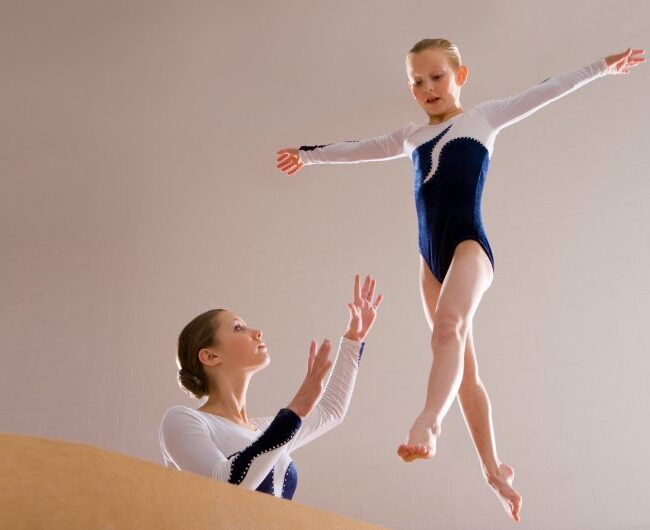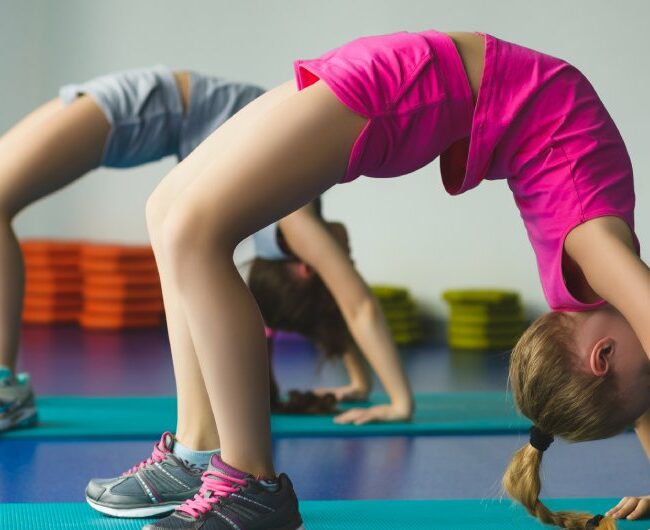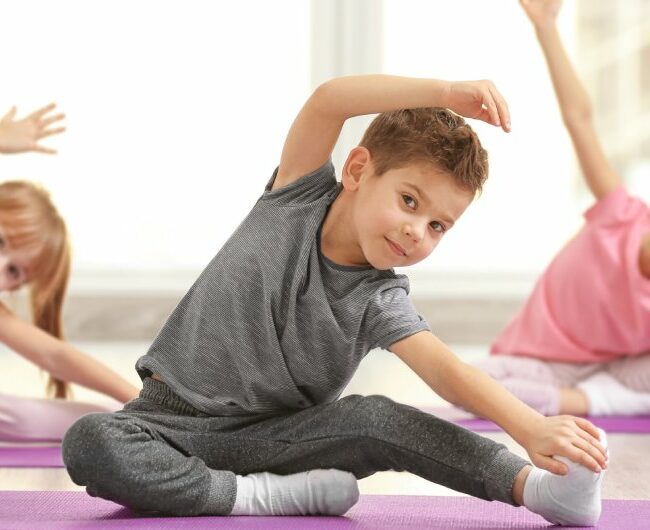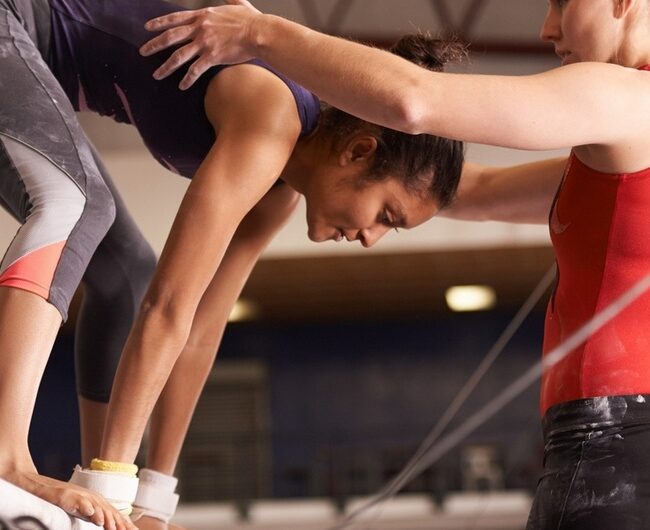Types of Balances in Gymnastics
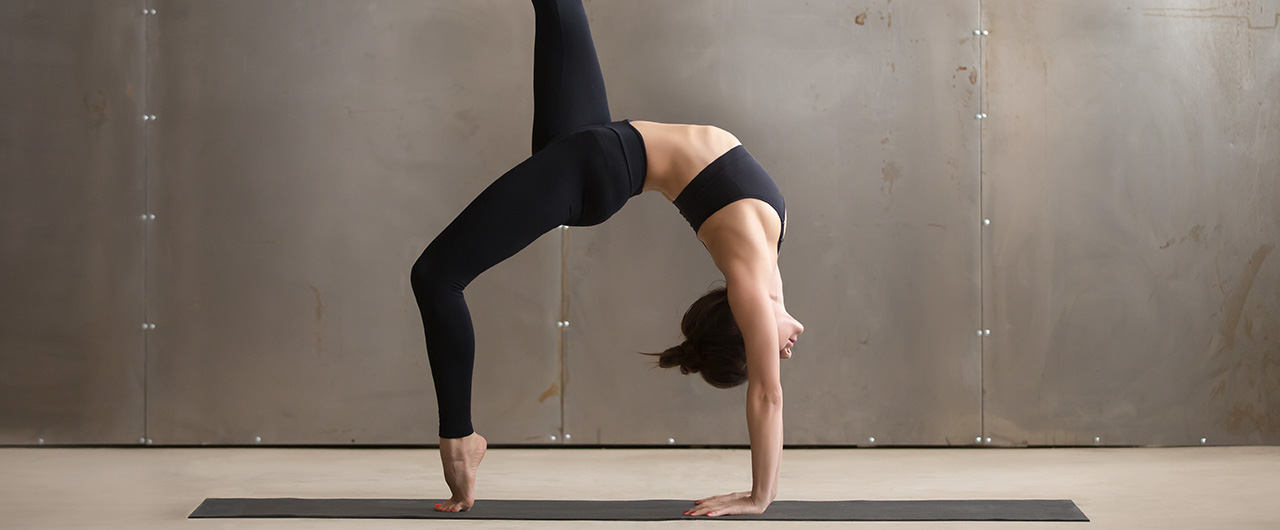
In gymnastics, the key is balance, and gymnasts must maintain composure during maneuvers and while contorting the body. When you talk about ‘balances,’ the gymnast needs to hold the body still, maintaining proper balance. There are inverted and upright balances that are commonly found in routines. If you are planning to improve your gymnastic skills, you could join an adult gymnastics class, and if it is for kids, you will come across many good gymnastics class for kid for your child as there are many across the UAE.
Let’s take a look at the different kinds of gymnastic balances;
Upside Down Balancing
In this form, you need to keep the head well above your waist, for instance, relieve, sissonne, chasse, and lift leg high. For this position, you must strengthen the ankle and calf muscles to maintain the position while residing on your toes.
Reversed Balance
In this form, the gymnast must hold an inverted stance. Headstands, and handstands, are the fundamentals for this position. Advanced positions include reversed shoulder stand, pike, and tuck.
Partner Balancing
A team that includes 2 or even 4 people uses acrobatic in their routine. Balances are seen in acrobatics, where they partner to form pyramids. These balances could be upright or even inverted; however, they could be complex because they need cooperation between numerous athletes.
Knee Balancing
Young gymnasts begin practicing balance on a single knee, preparing them for advanced moves. The gymnasts rest on a single knee touching the floor while the other leg is stretched out behind the body and the arms are straight in front or on either side of the body.
Single Foot Balance
The gymnast must balance on one foot or both feet in this form while maintaining that stance. Here, the athlete extends one leg in front of their body or side. Scale is one of the most common and popular standing balances. Now, the gymnast extends its arm to the side or front of the body, while keeping its leg behind the body.
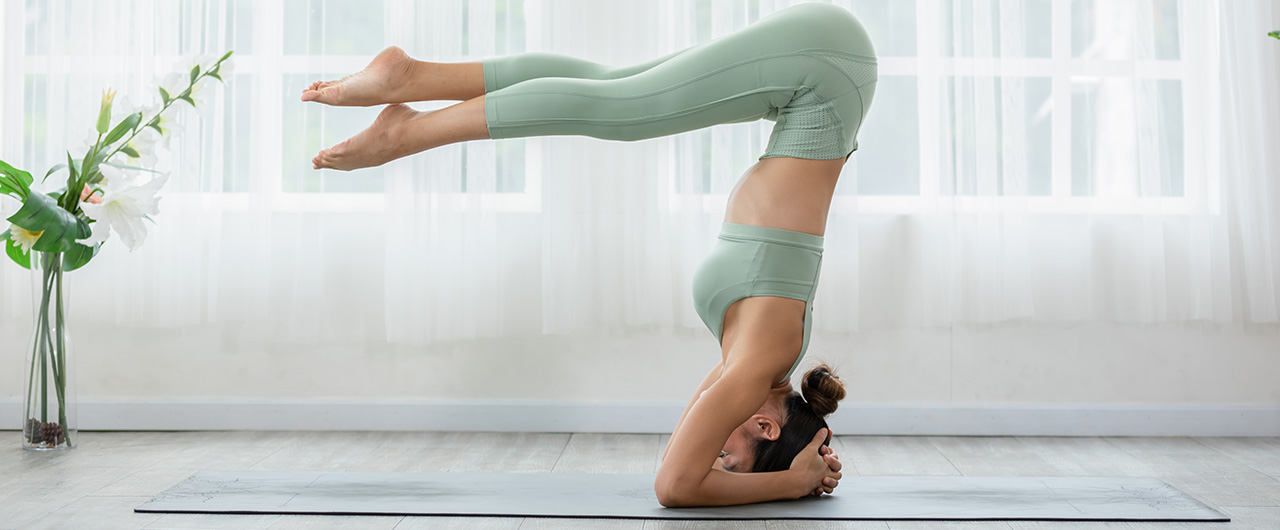
Balancing on Arms
Here, a skilled gymnast must balance on two hands or on one hand. Handstand is a popular exercise that needs the gymnast to stable the whole body on both hands properly. These athletes perform an array of variations, including variations in one-handed and leg positions. These moves are also performed on pommel horses, rings, and beams. These are the various types of balances in gymnastics. If you want to sharpen your skills or learn gymnastics, you can join the nearest adult gymnastics, classes. It is always essential to learn it from a professional to avoid injuries. You could sign up for classes twice a week that would help you to sharpen your gymnastic skills.

 makeithappen@stamina11.com
makeithappen@stamina11.com
